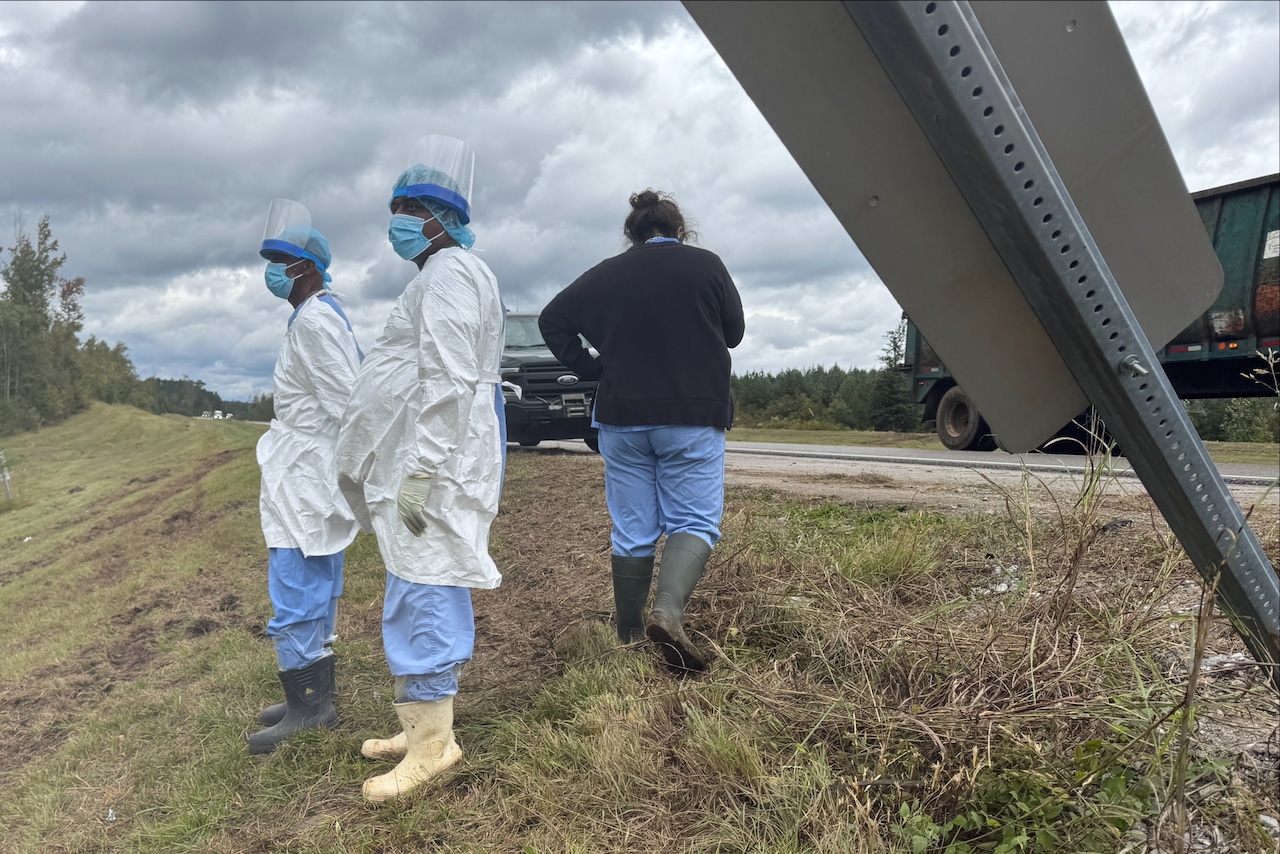Copyright Newsweek

Golfers can stop blaming bad luck for those maddening near-misses. A new study published by physicsits in the journal Royal Society Open Science reports that the golfer's curse"—the notorious “lip out”, when a putt seems to drop into the hole, then pops out again—is the result of precise mechanics involving speed, line and spin. Researchers Stephen Hogan of the University of Bristol, England, and Mate Antali of the Széchenyi István University in Hungary identify two distinct lip-outs: the "Rim Lip-out" and the "Hole Lip-out." The Rim Lip-out The ball rides the cup’s edge and appears to dip, but its center of mass never drops below green level. Here, “rolling around the rim” beats “pitching into the hole.” The rim hosts delicate balance points—what the authors nickname “golf balls of death”—where tiny nudges decide whether the ball stays out or falls in. The Hole Lip-out. Rarer—and crueler—the ball actually enters the cup, then climbs back out if it were spinning about an axis perpendicular to the wall. Inside the hole, that spin makes the ball roll along the cylinder like a mini-pendulum, converting potential energy into spin and then back again. If it does not actually touch the base, that energy exchange can fling it back to the surface. Using a unified, no-slip rolling model for both the rim and inside the hole, the team maps clean boundaries—by arrival speed and impact distance (how far the path misses the center)—that separate outcomes: immediate fall, fall during the rim ride, rim lip-out, or entry into the hole. Near those boundaries, microscopic changes in pace or line flip the result, explaining why near-identical putts can alternate between agony and ecstasy. The findings dovetail with (and refine) earlier work suggesting a maximum capture speed around 1.6 m/s at the rim: high speeds and off-center approaches favor rim lip-outs; more central lines promote capture—unless spin inside the cup triggers a hole lip-out. And so, this “golfer’s curse” is not really a jinx: the ball’s spin and trajectory are key to determining whether it stays in the hole or escapes. Do you have a tip on a science story that Newsweek should be covering? Do you have a question about the physics of golf? Let us know via science@newsweek.com. Reference



